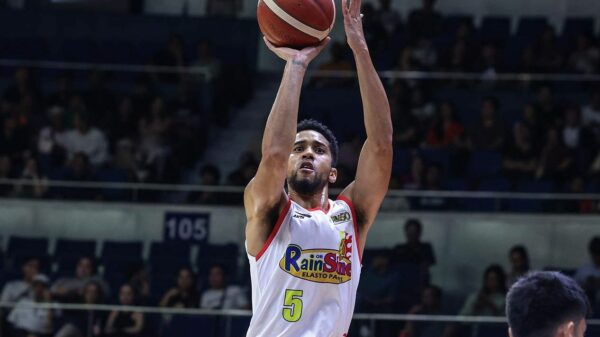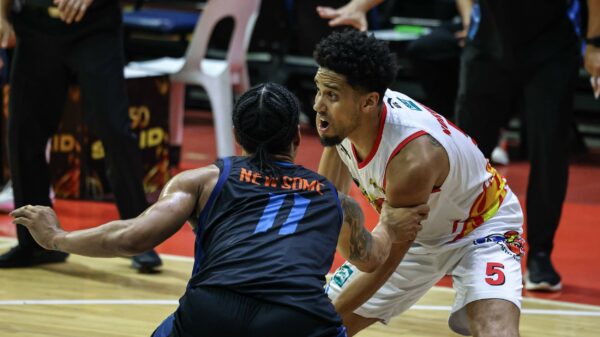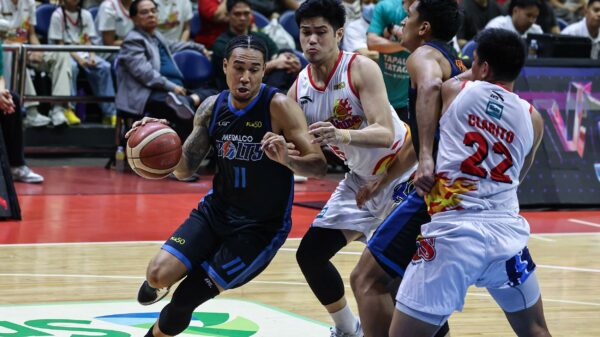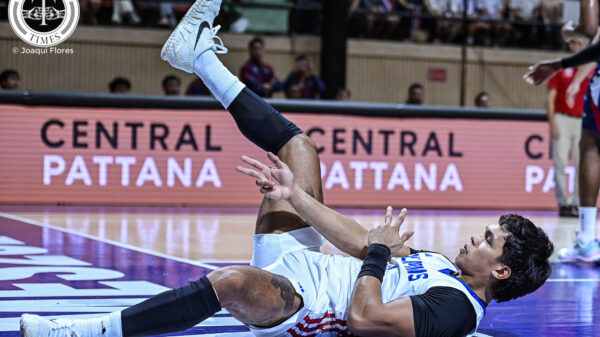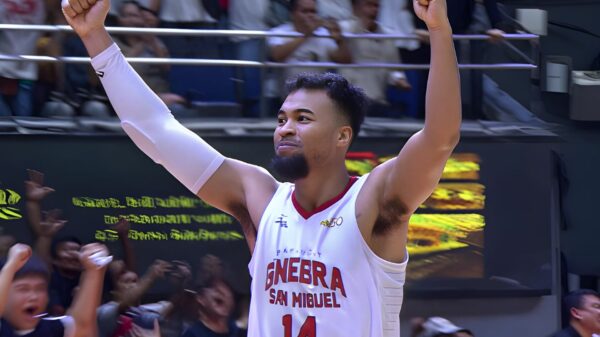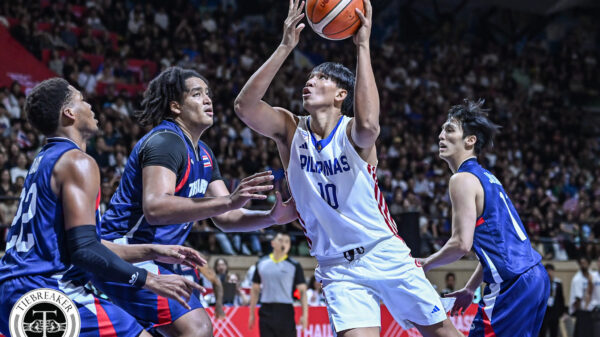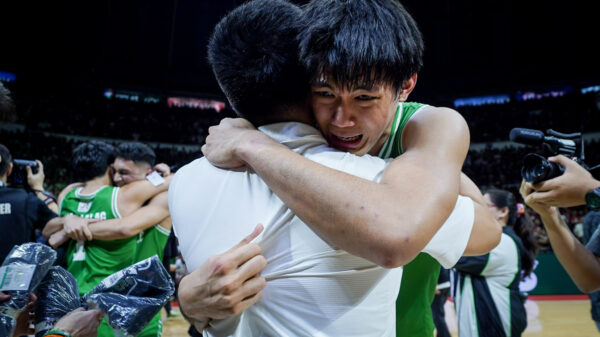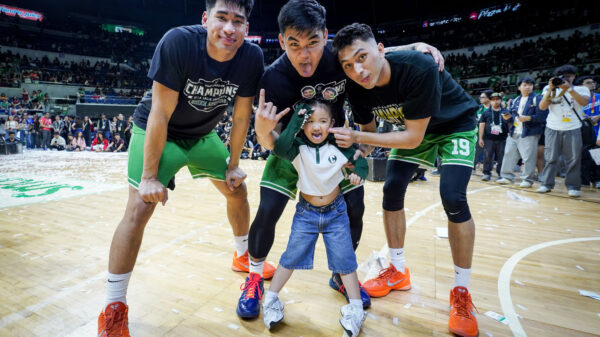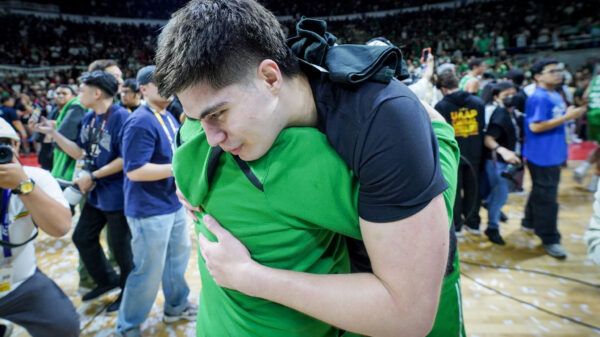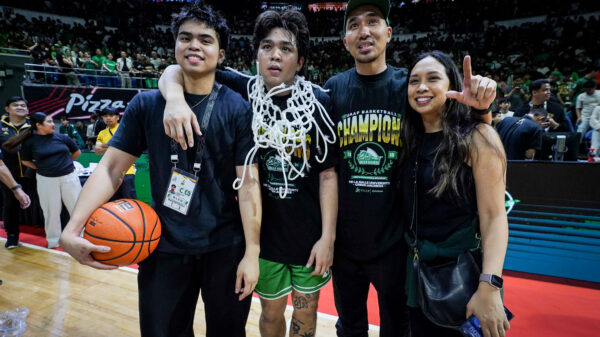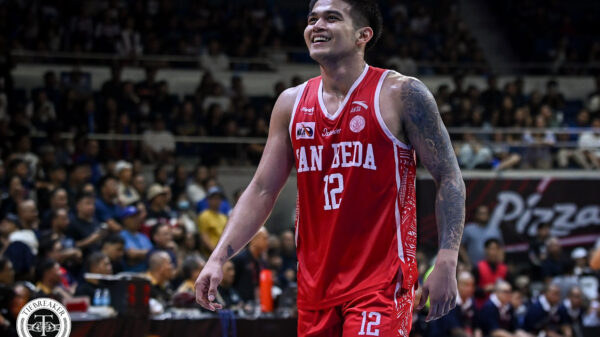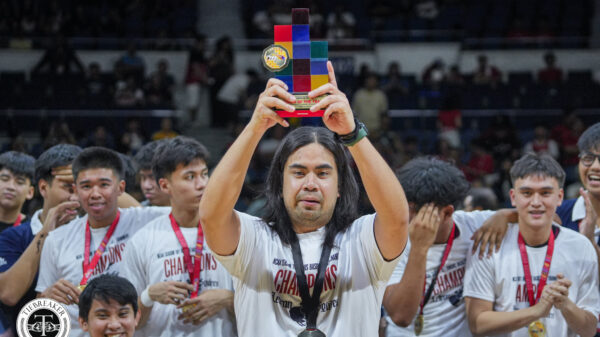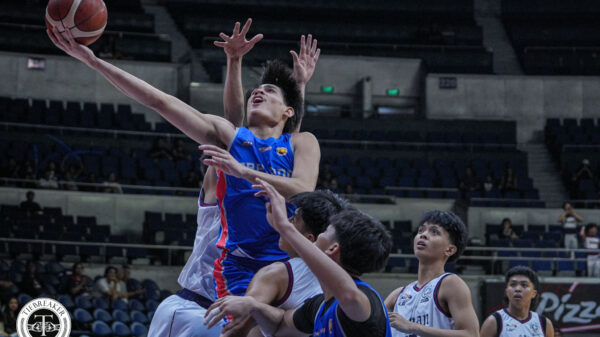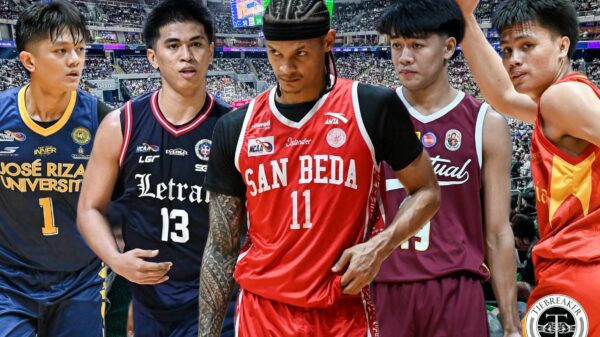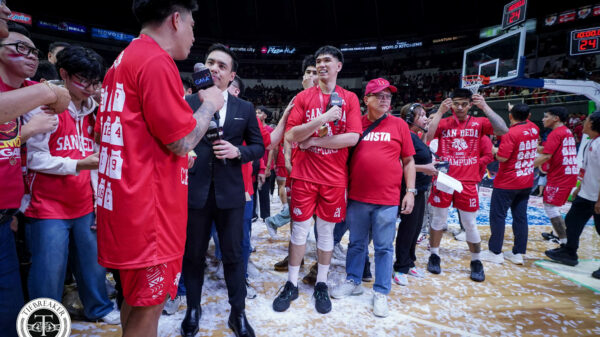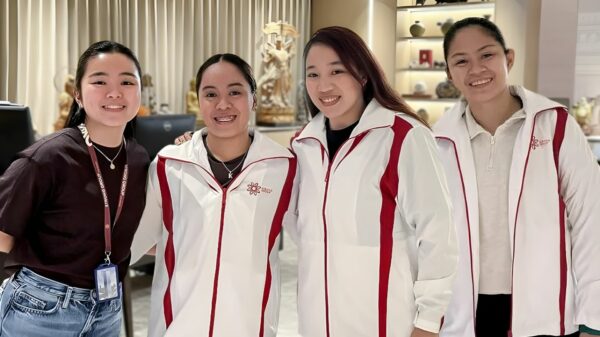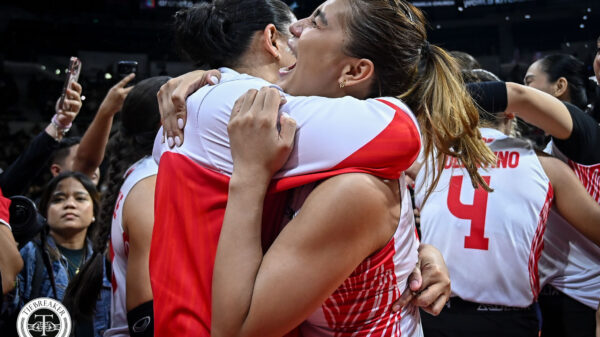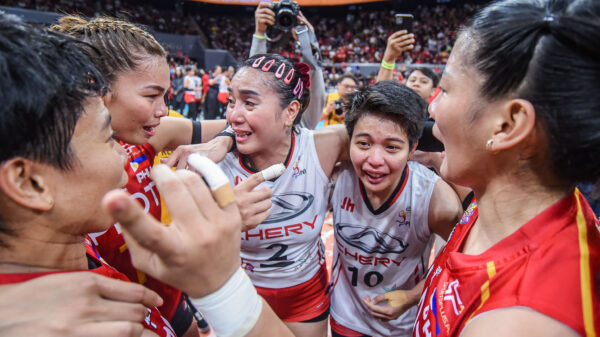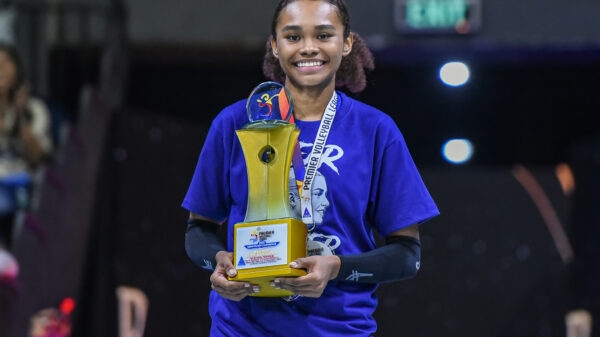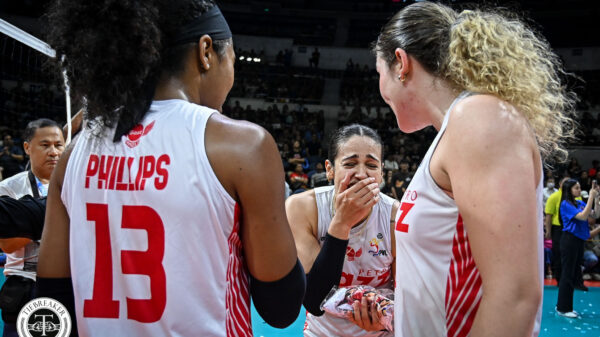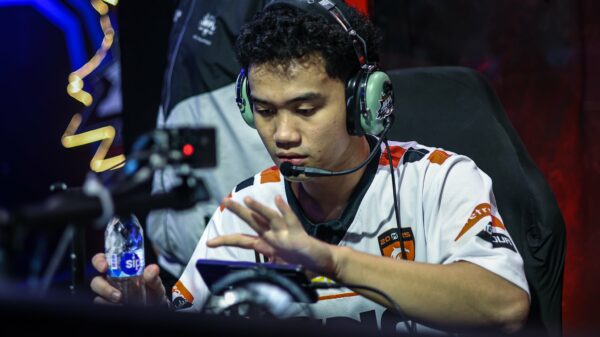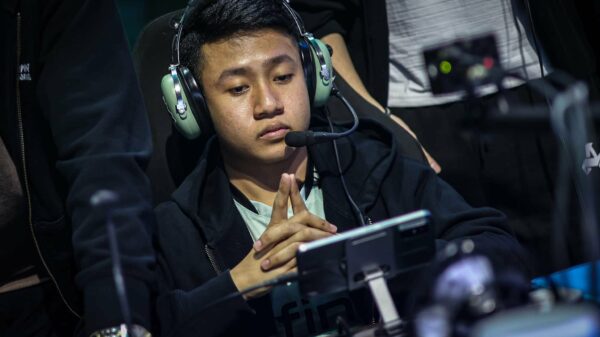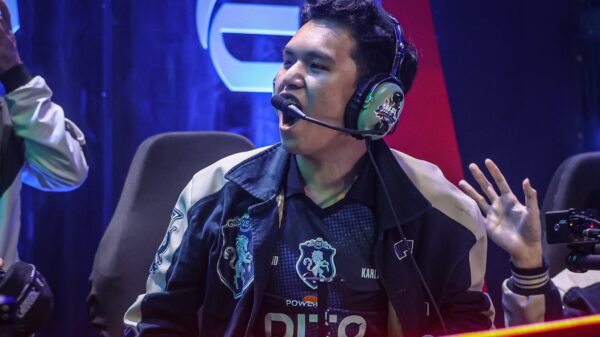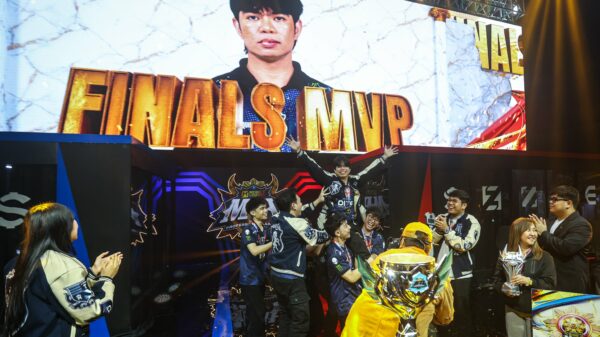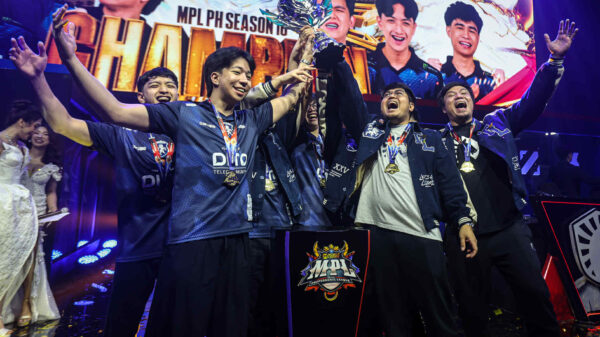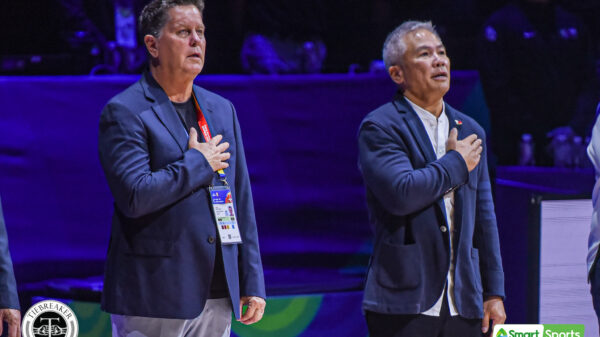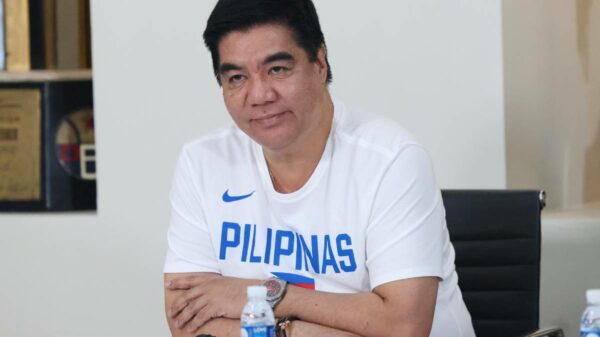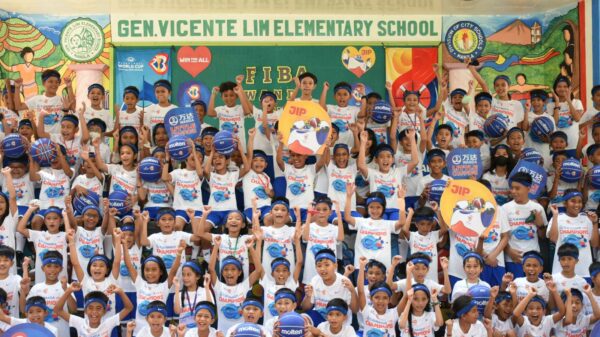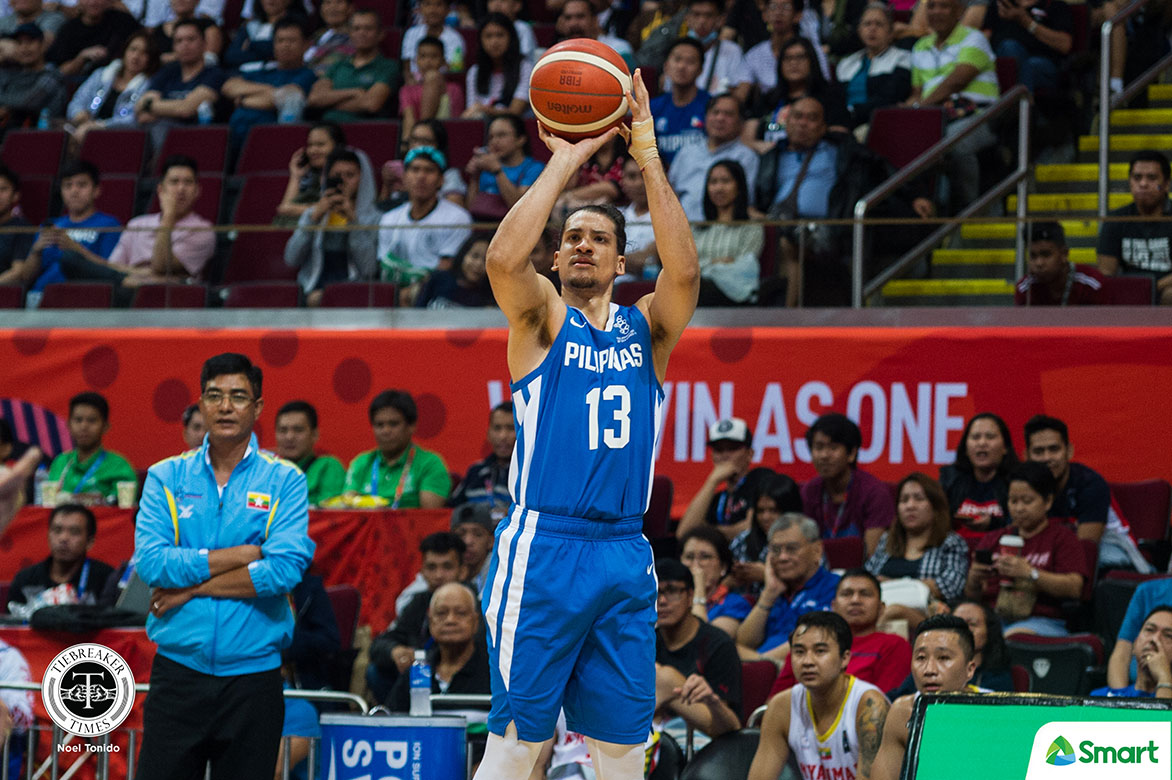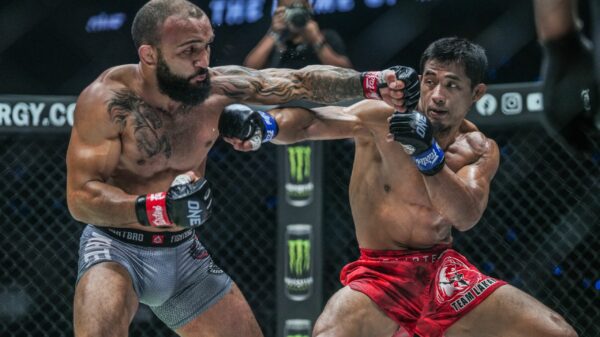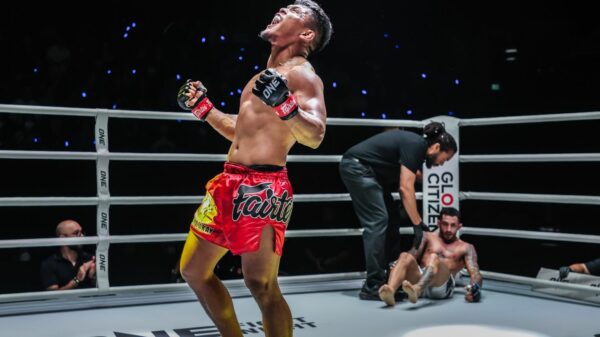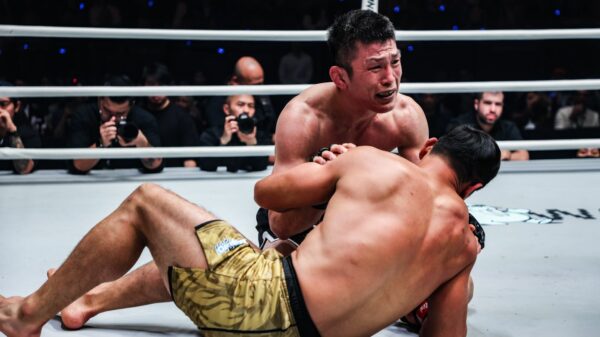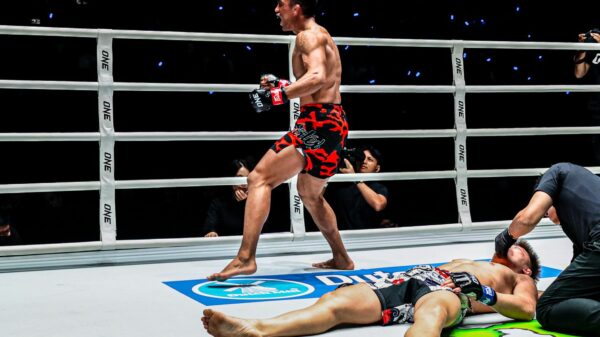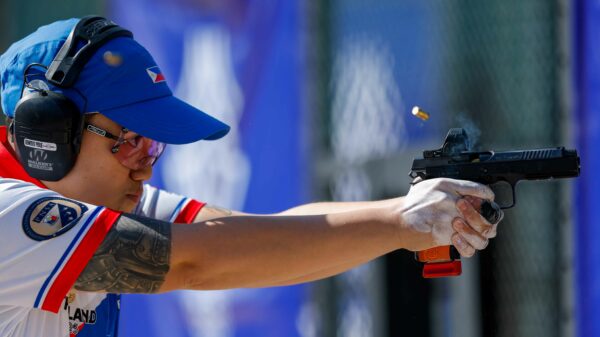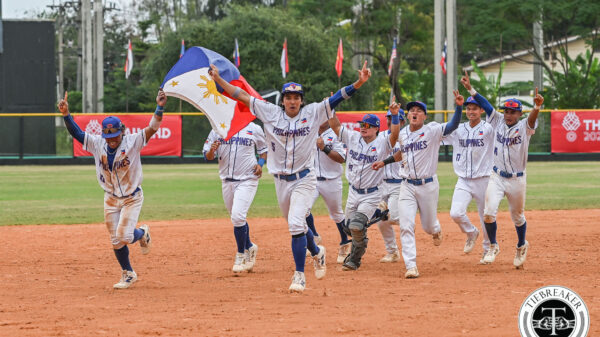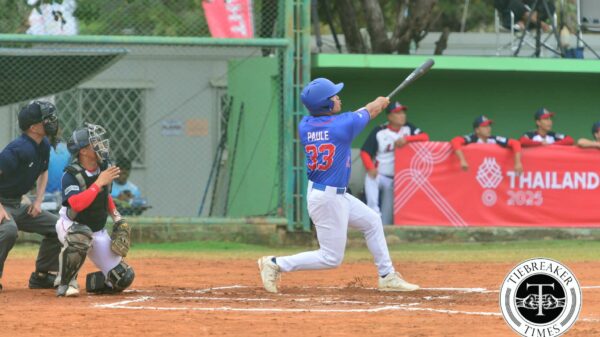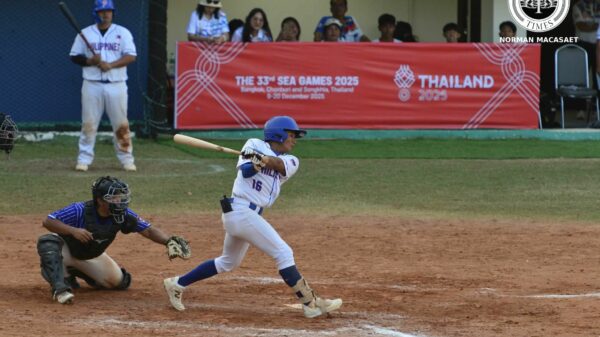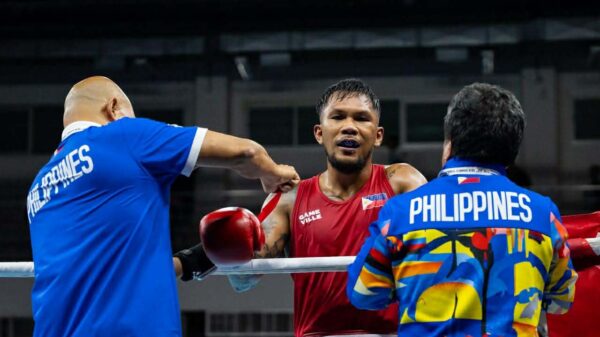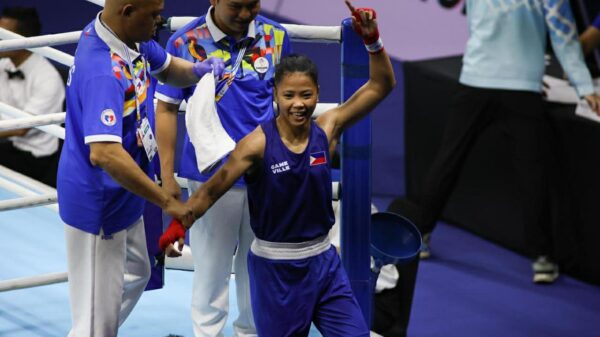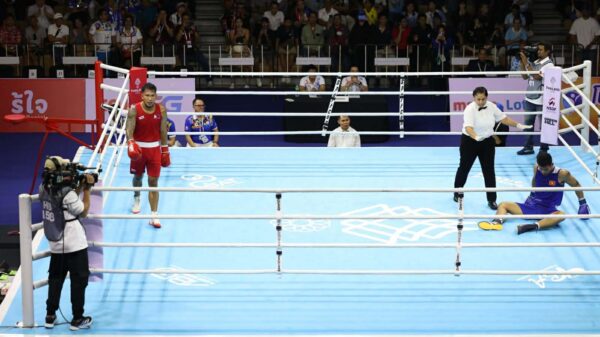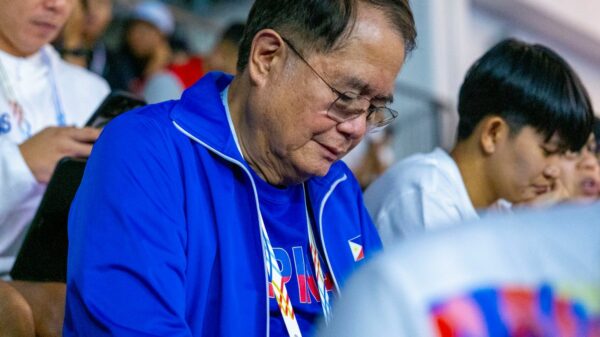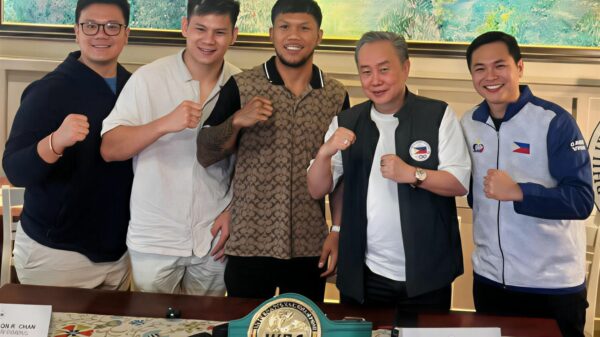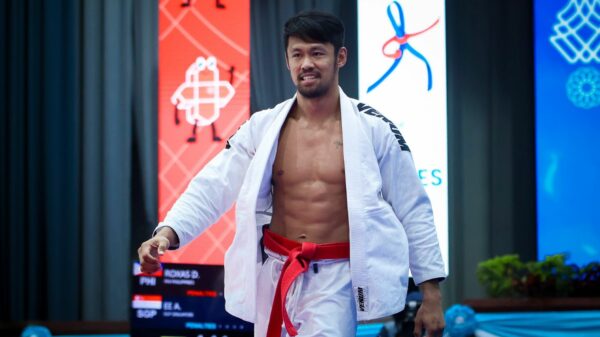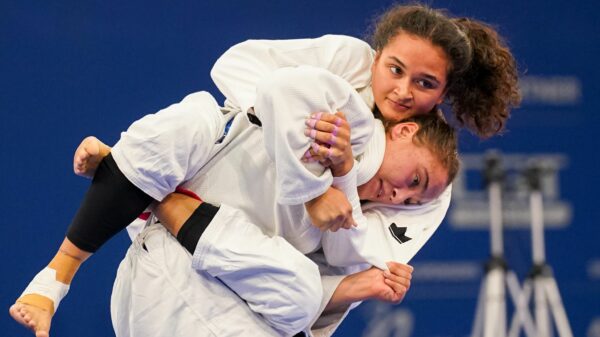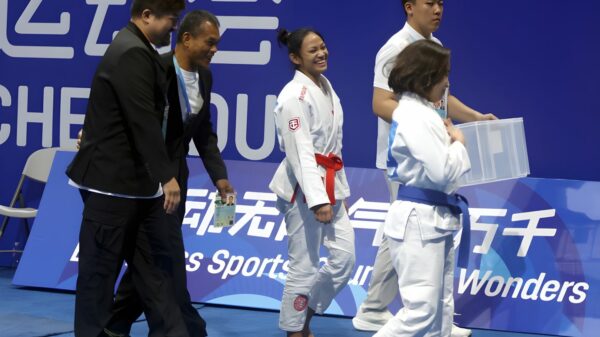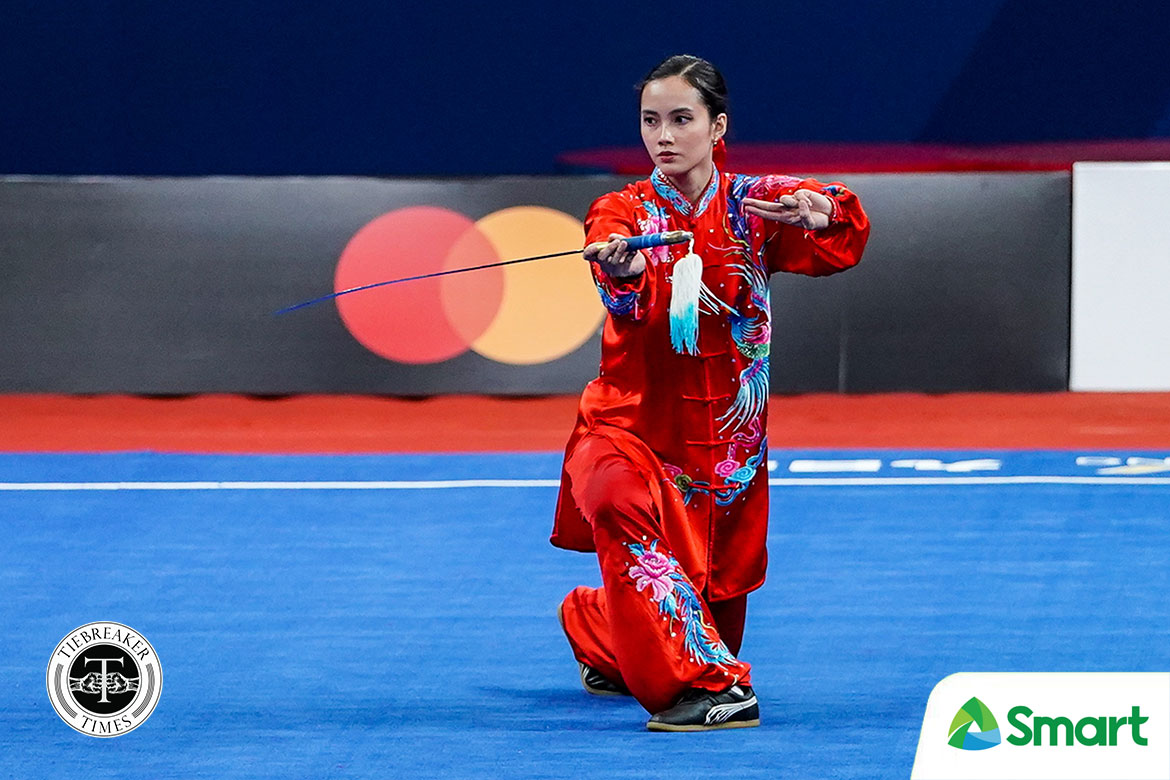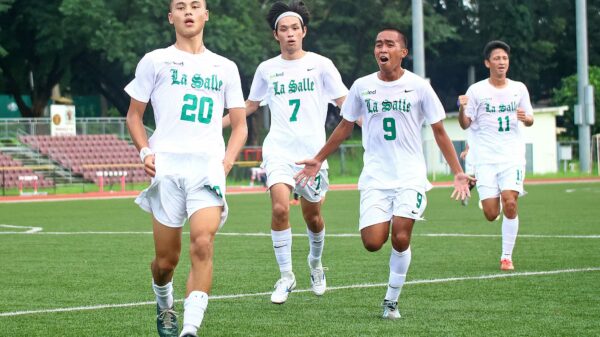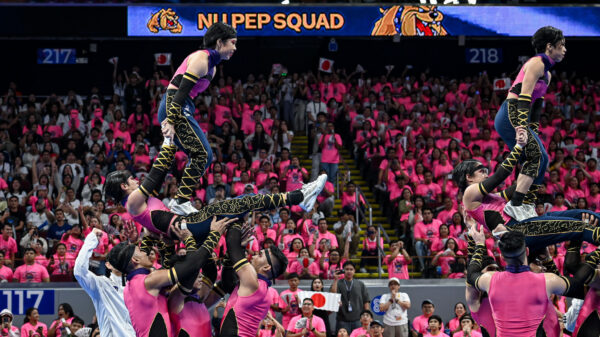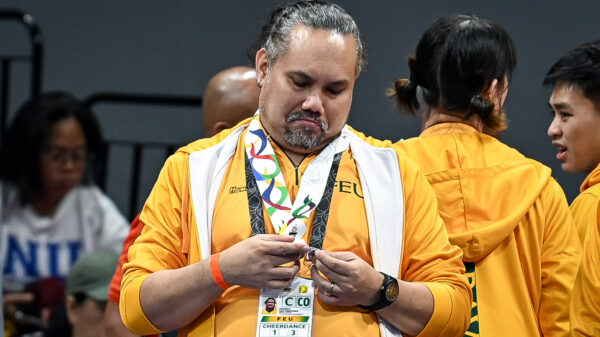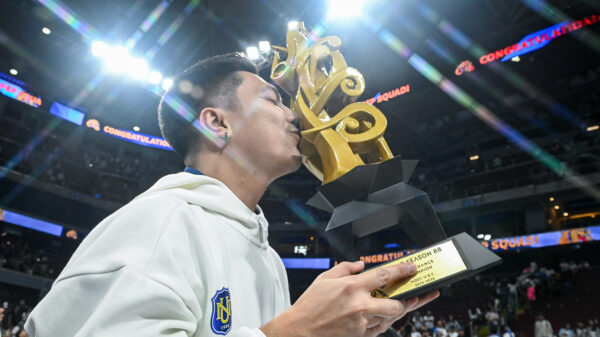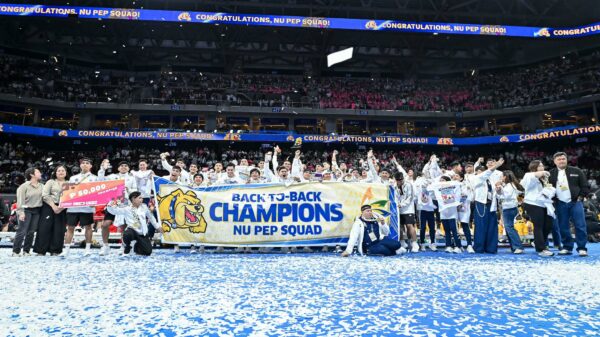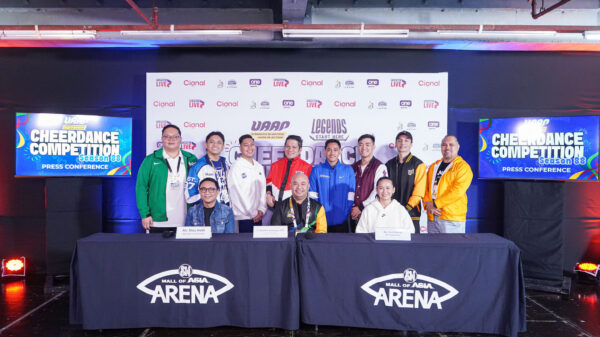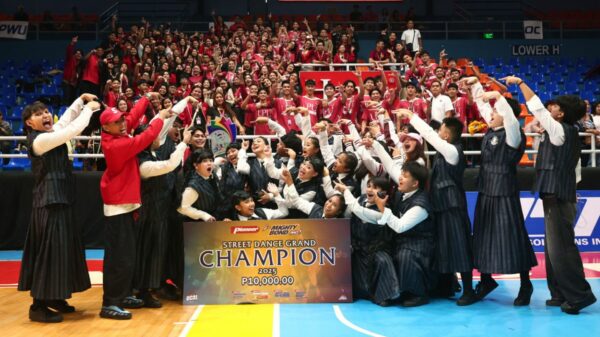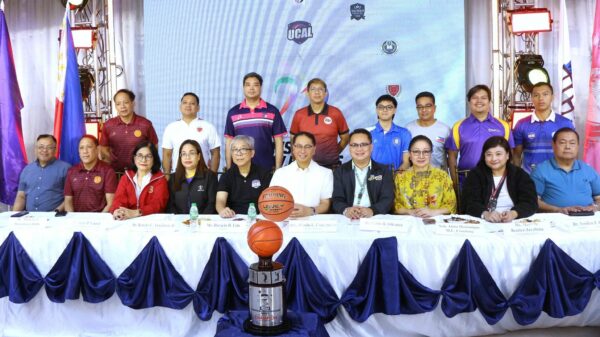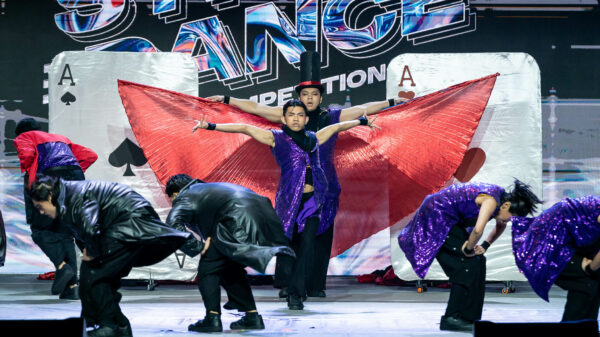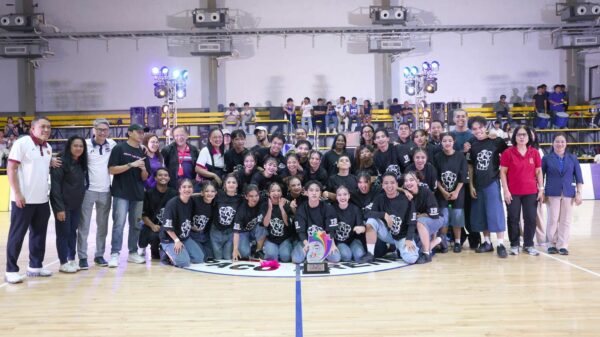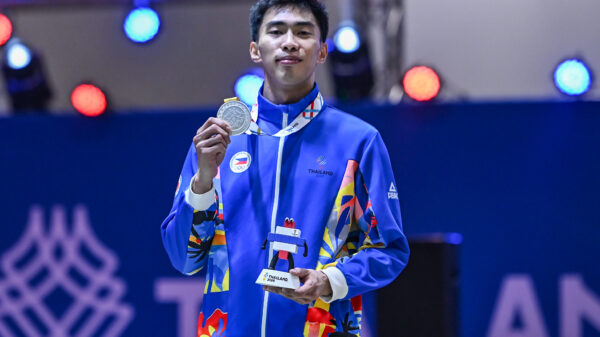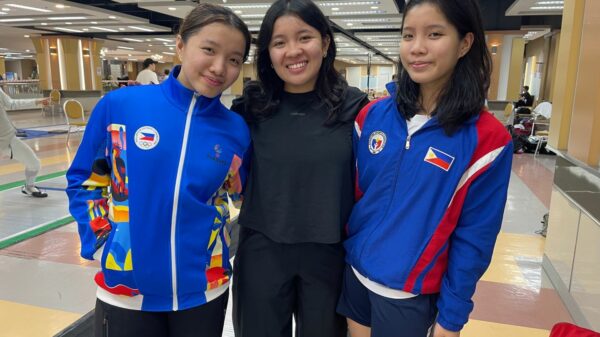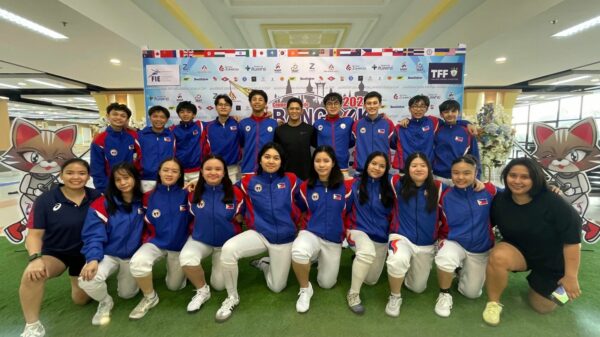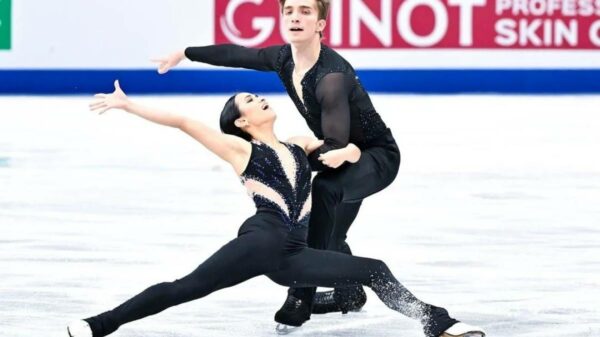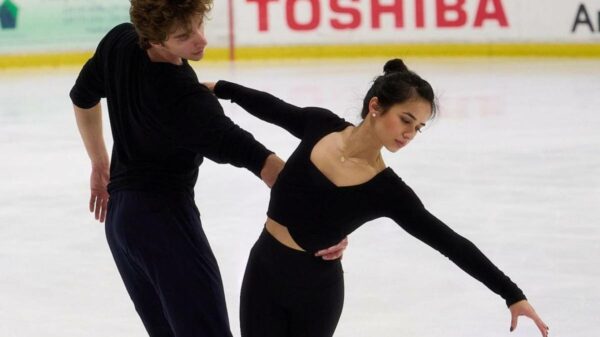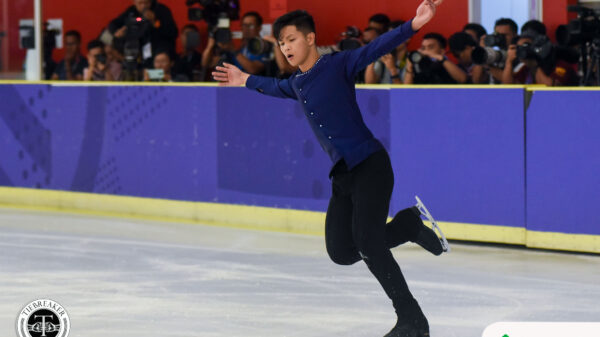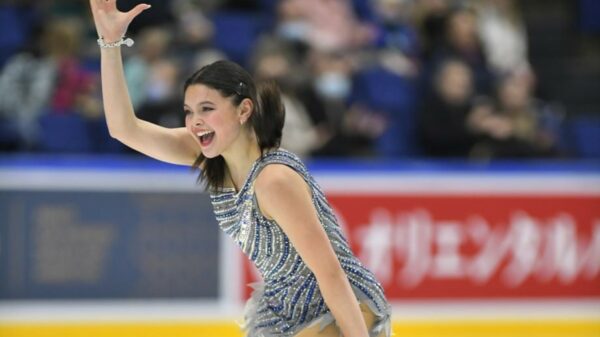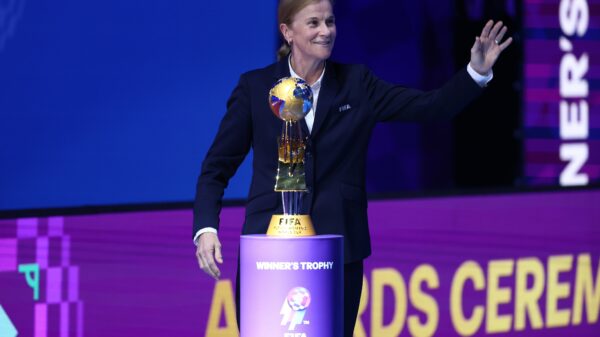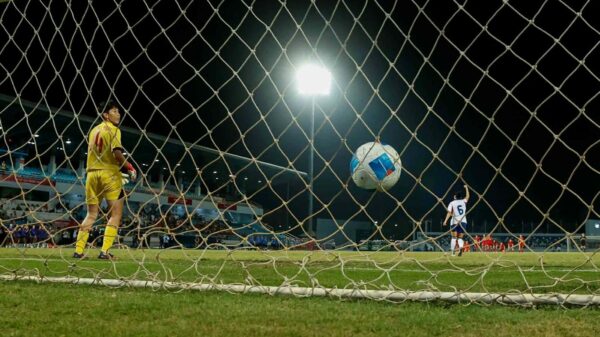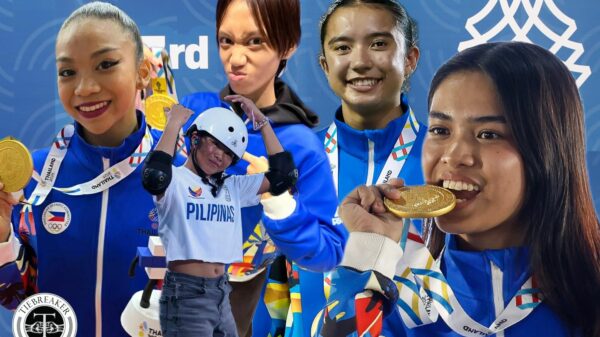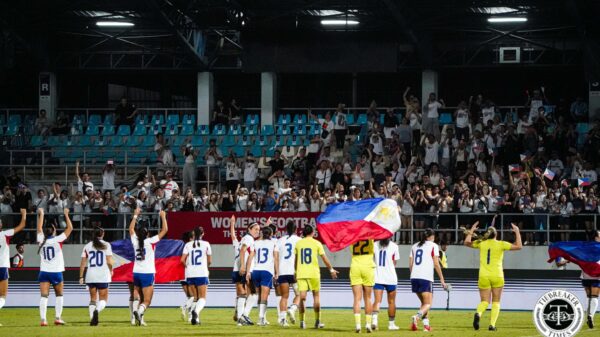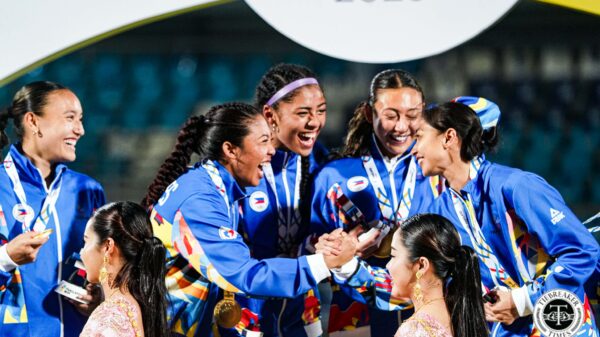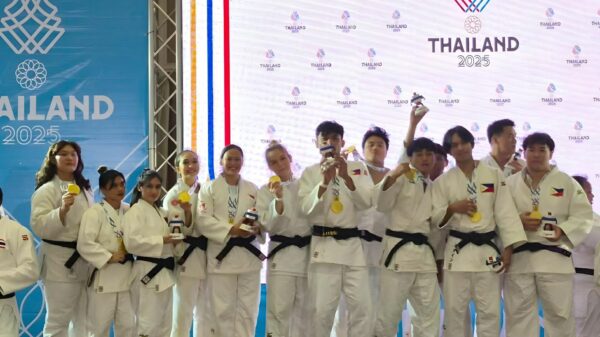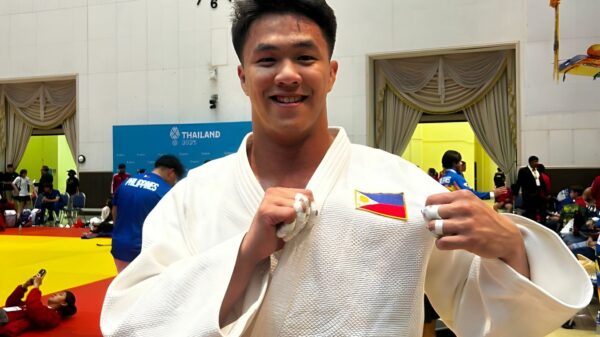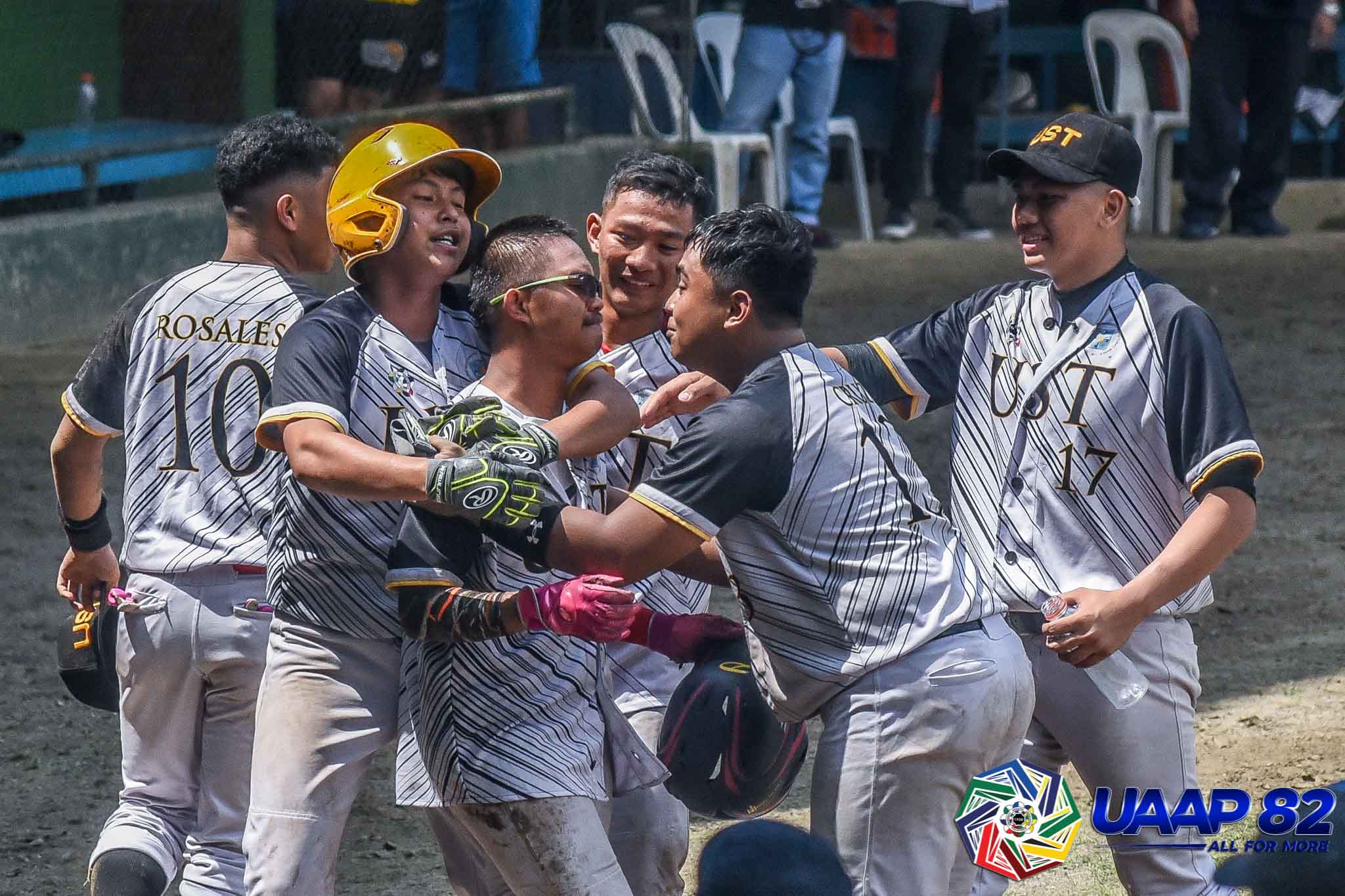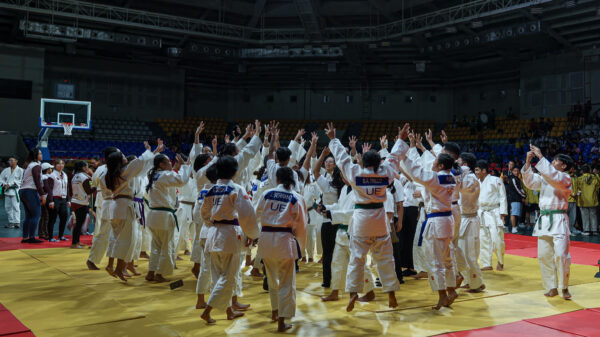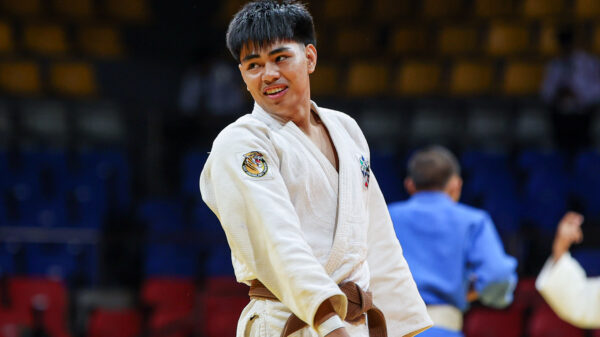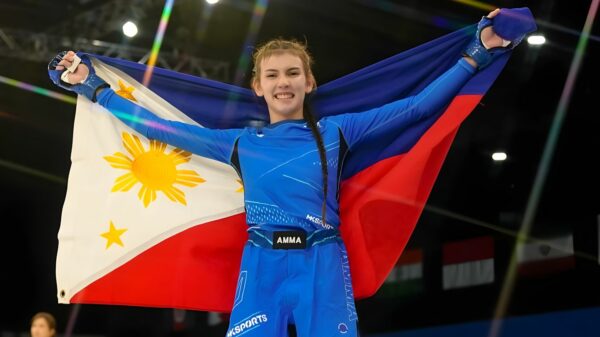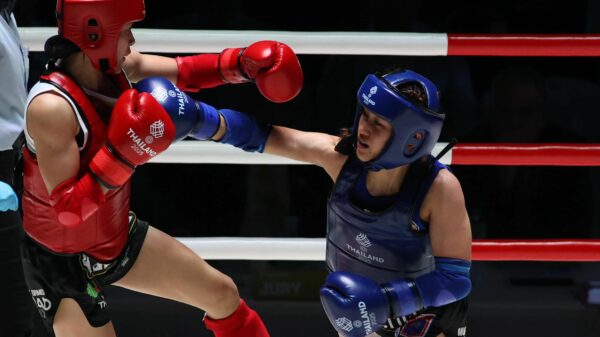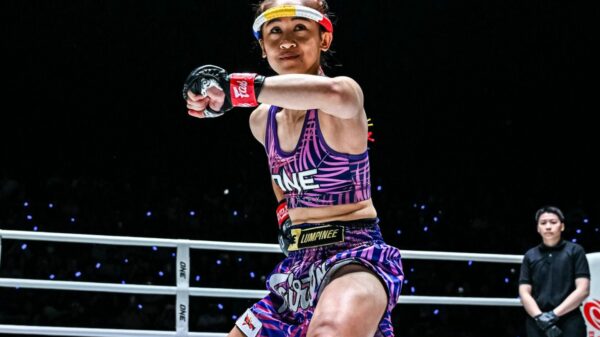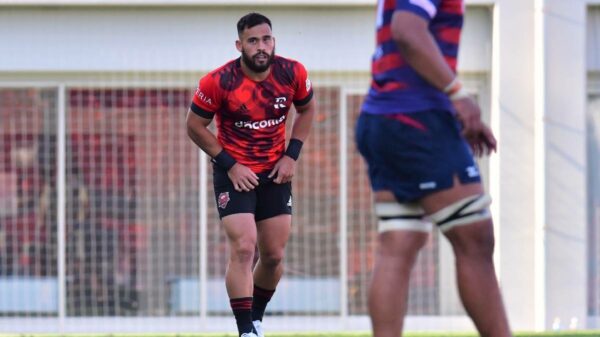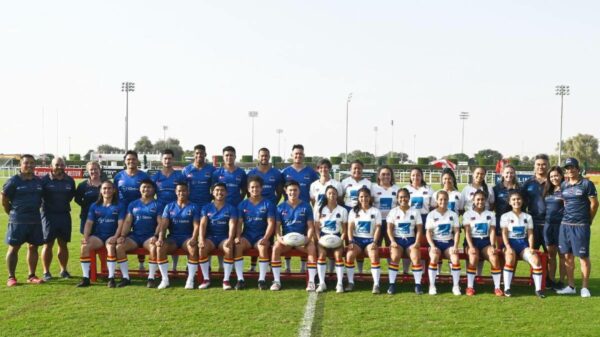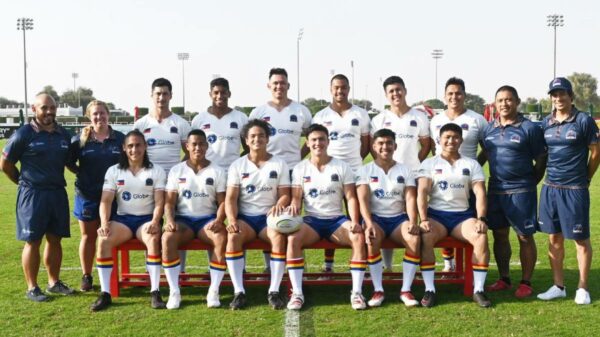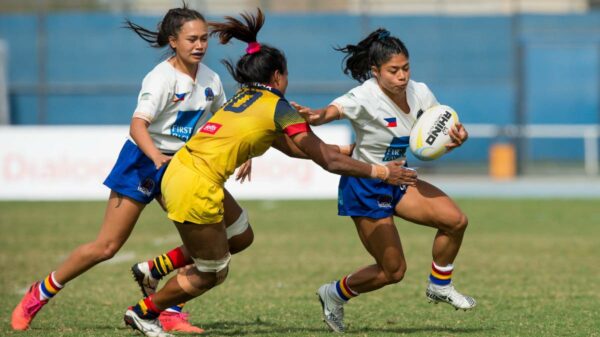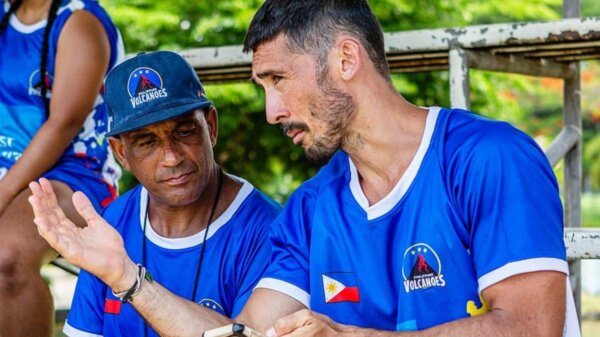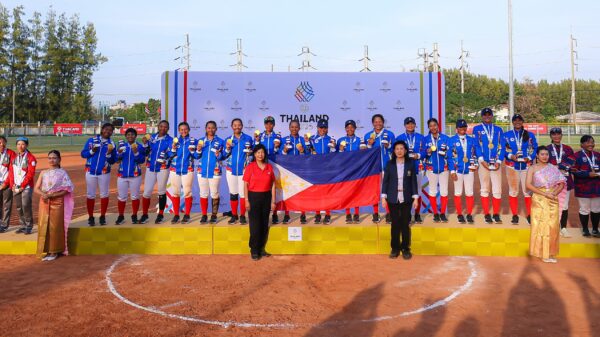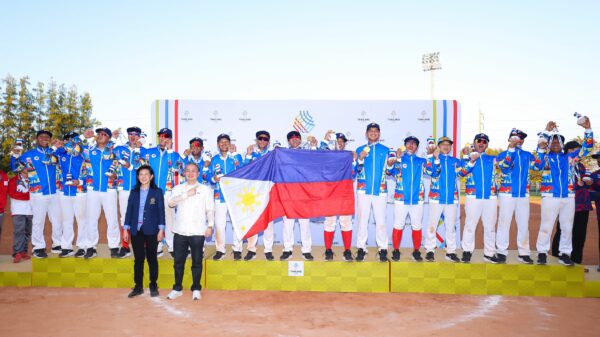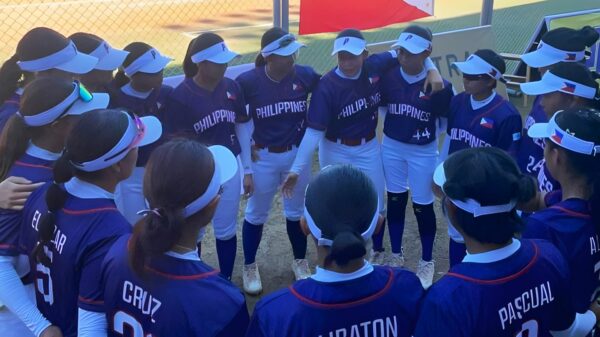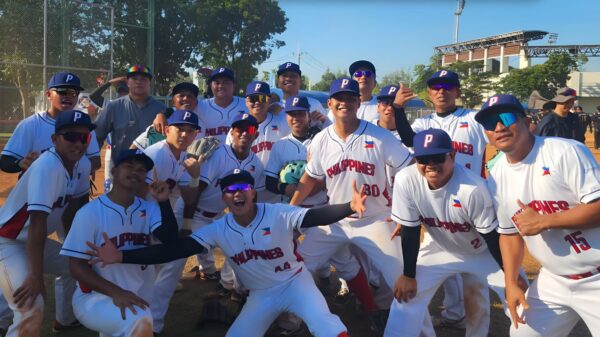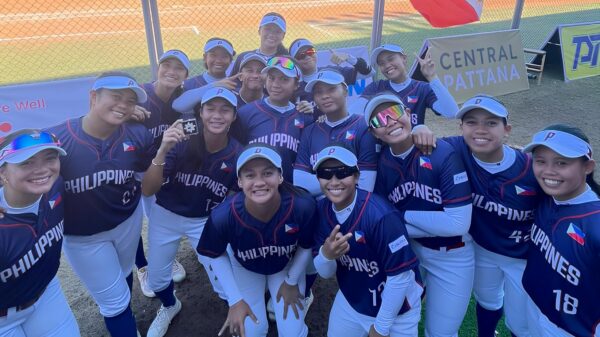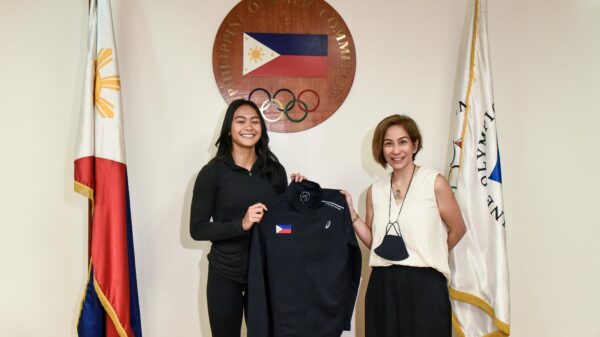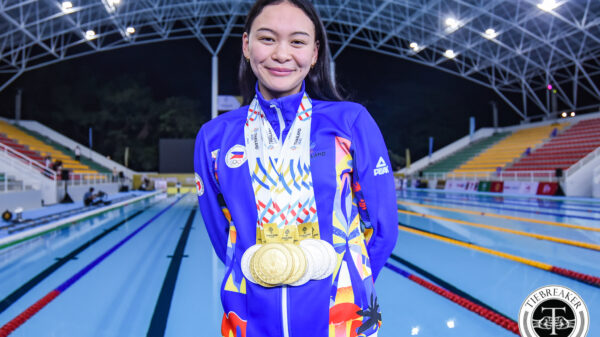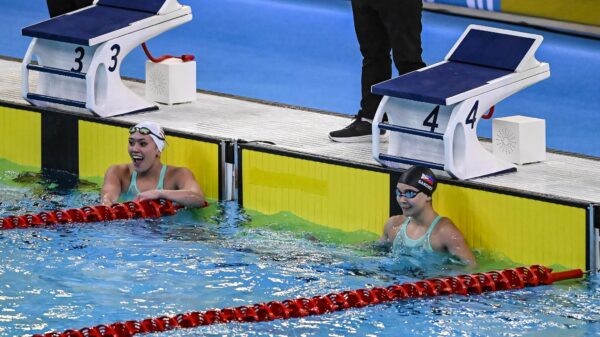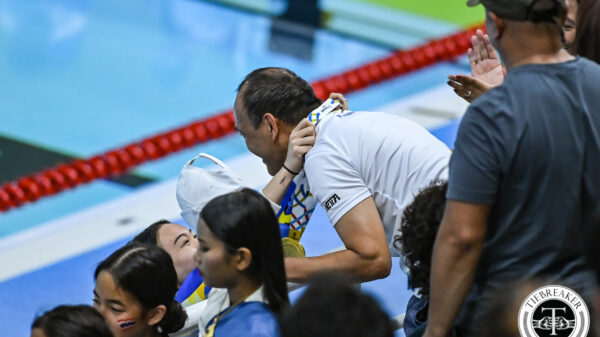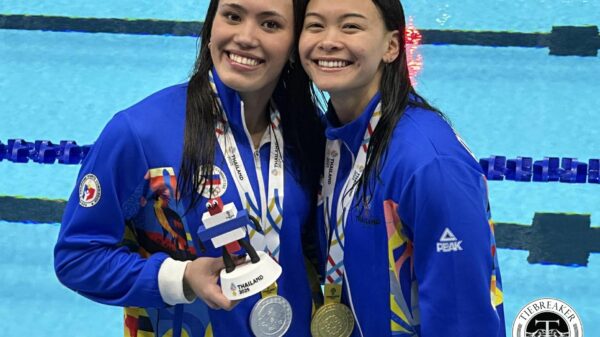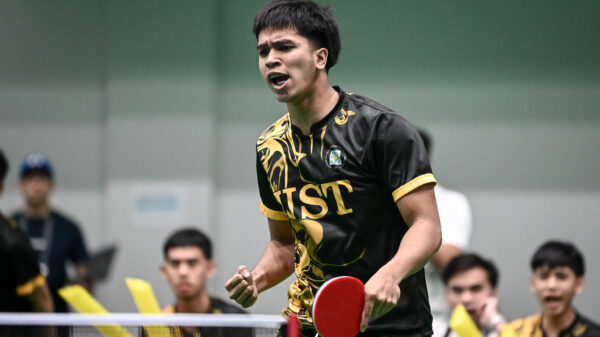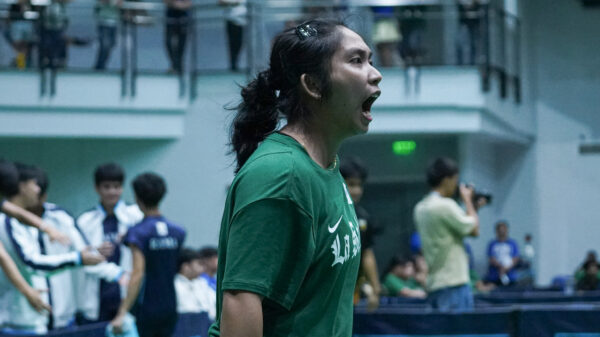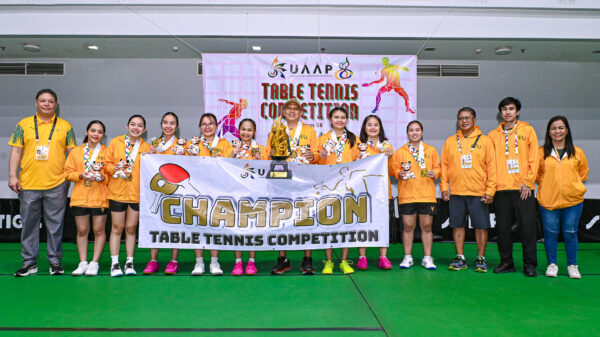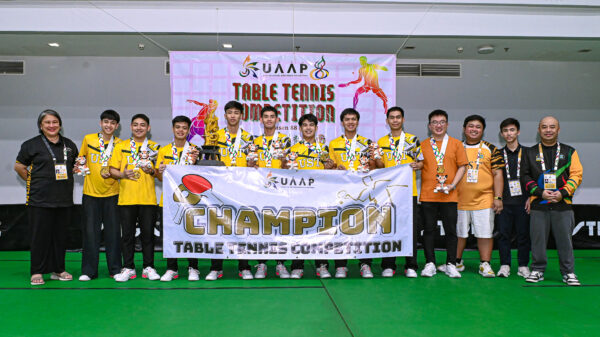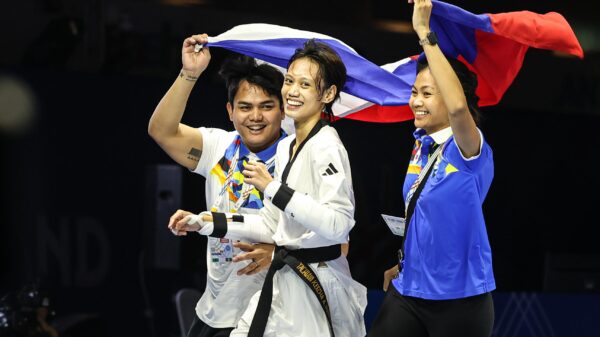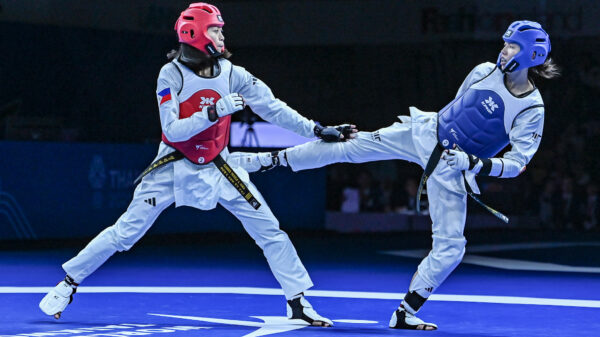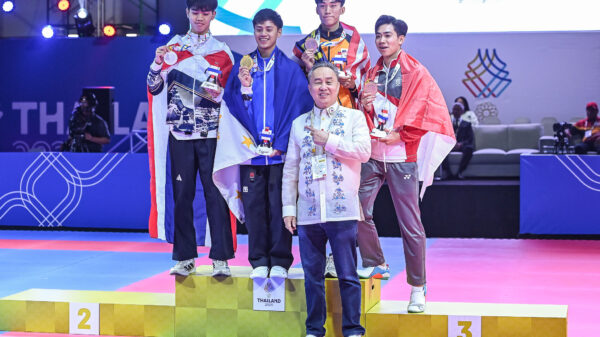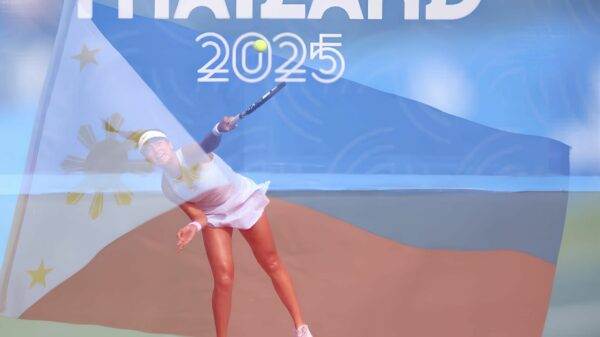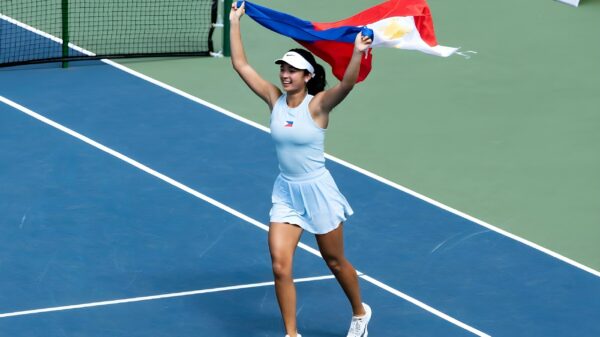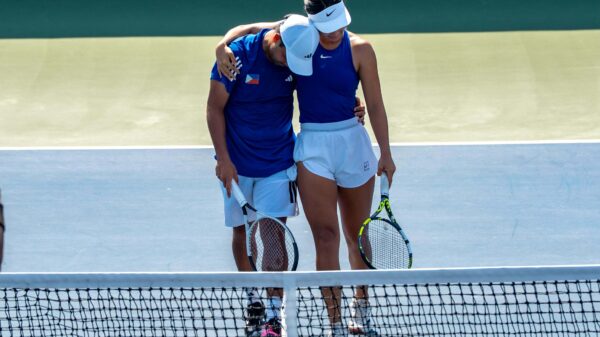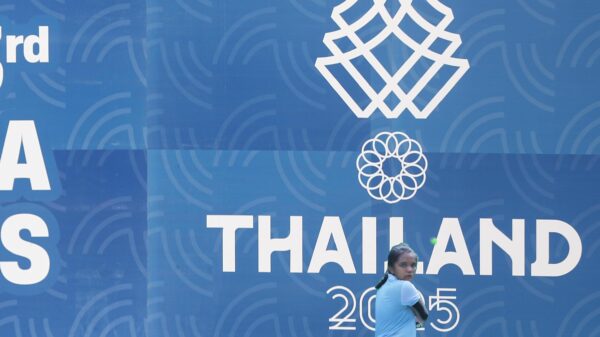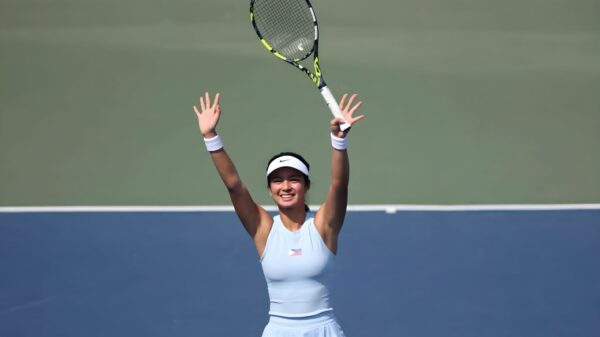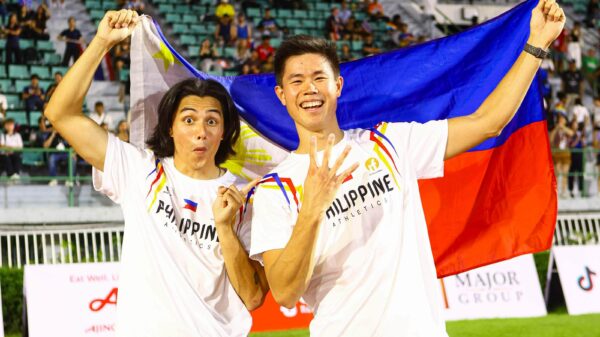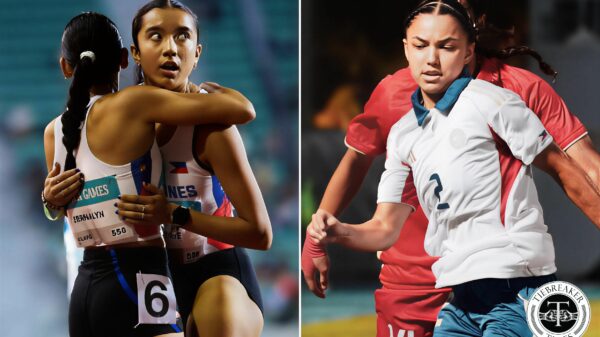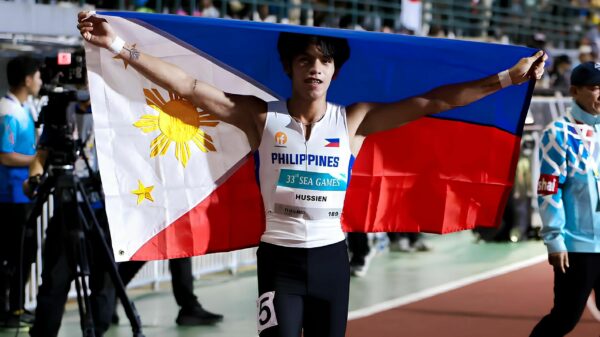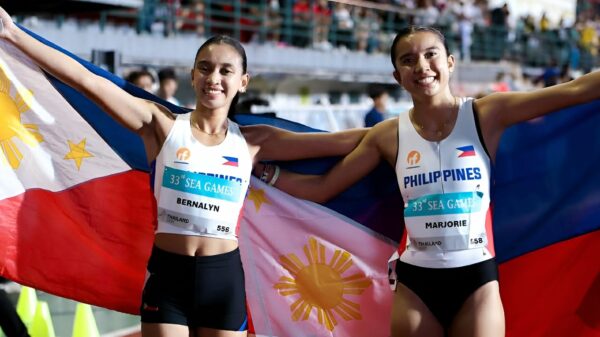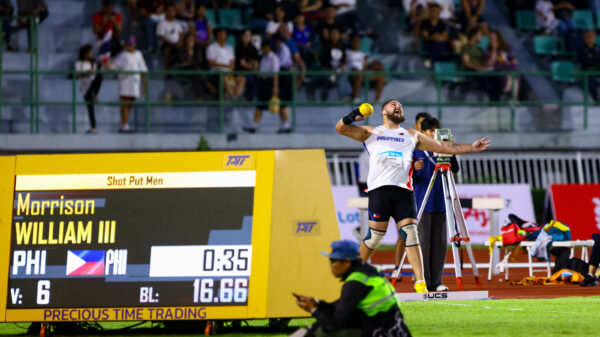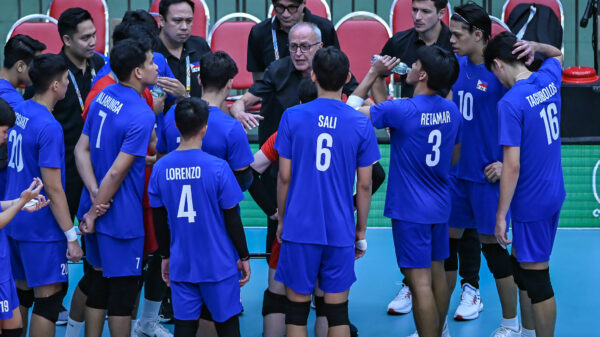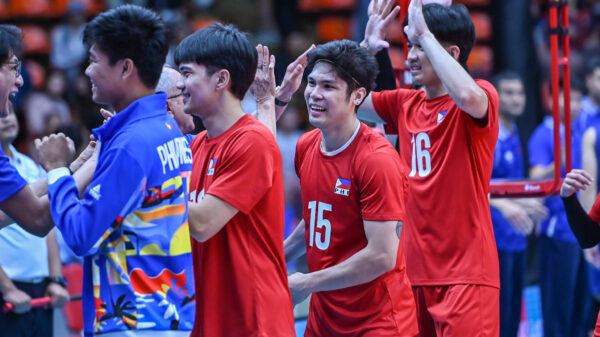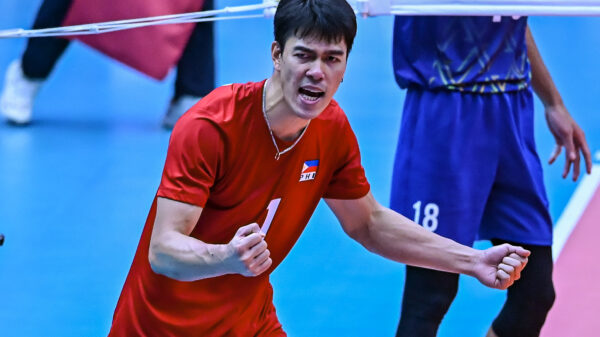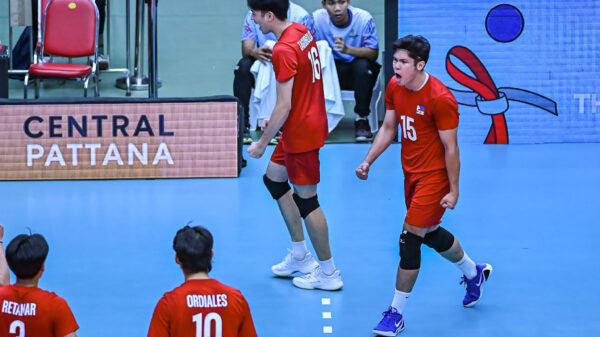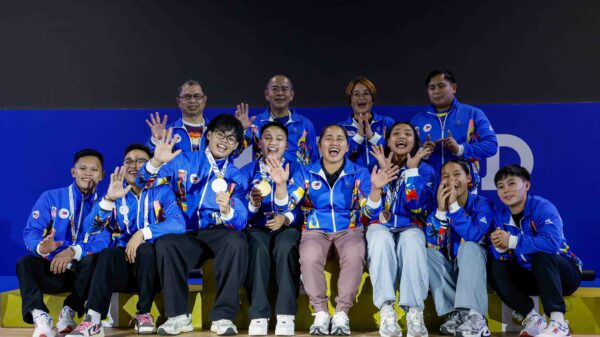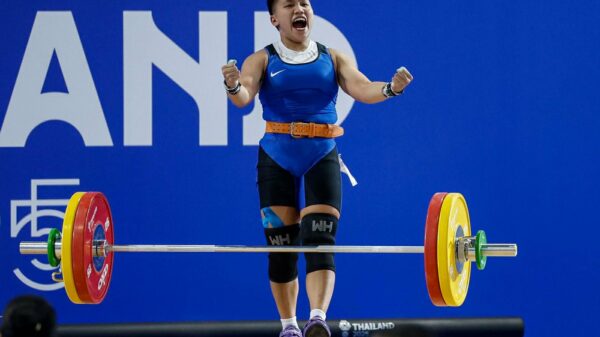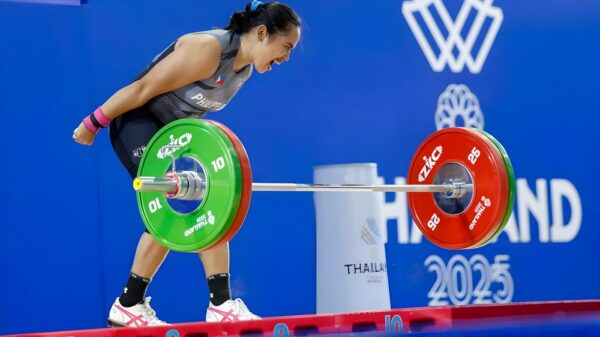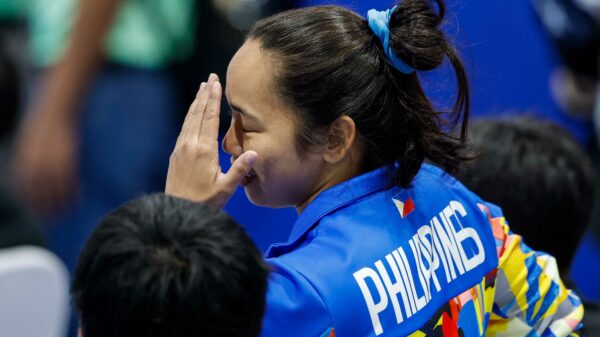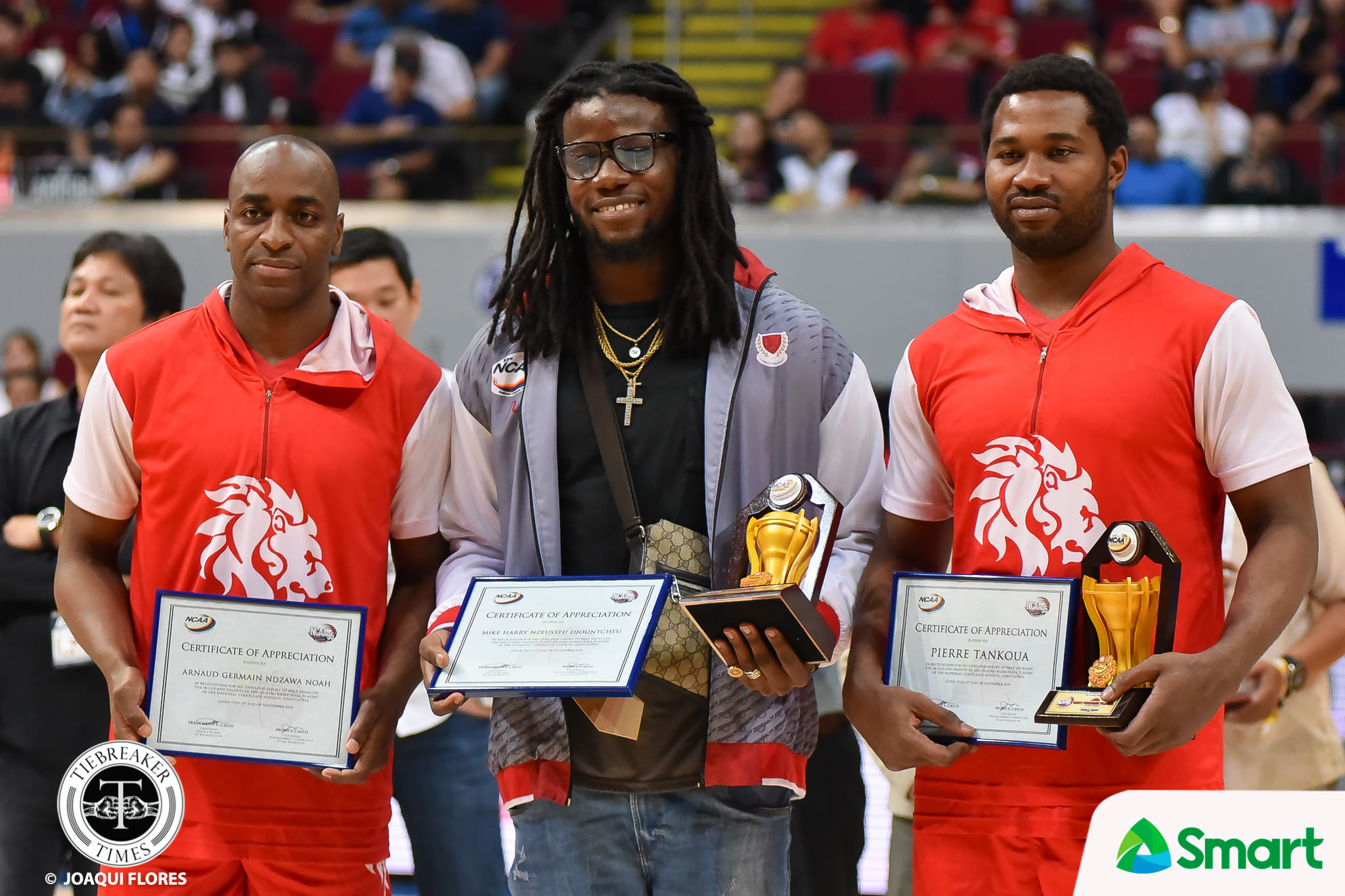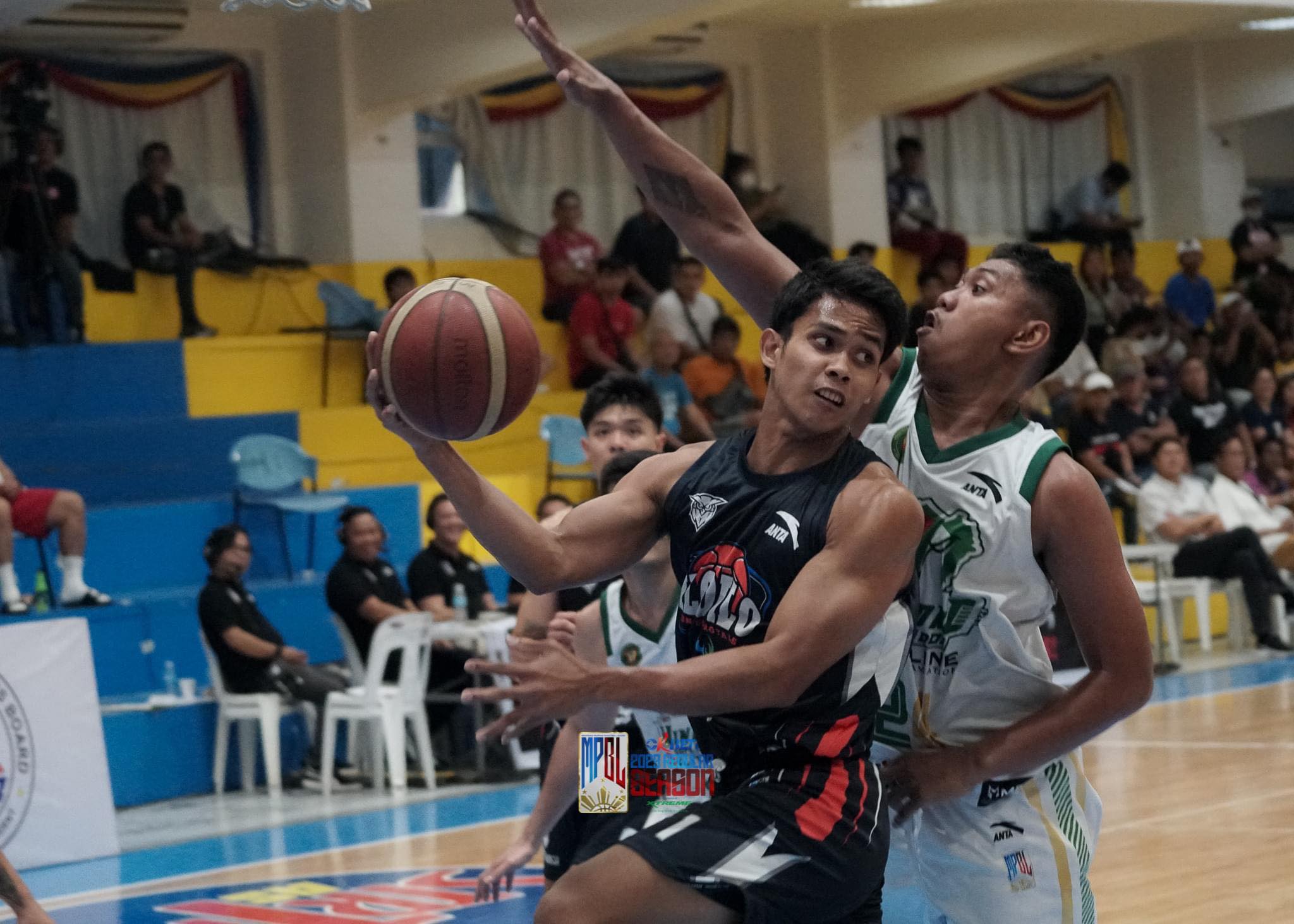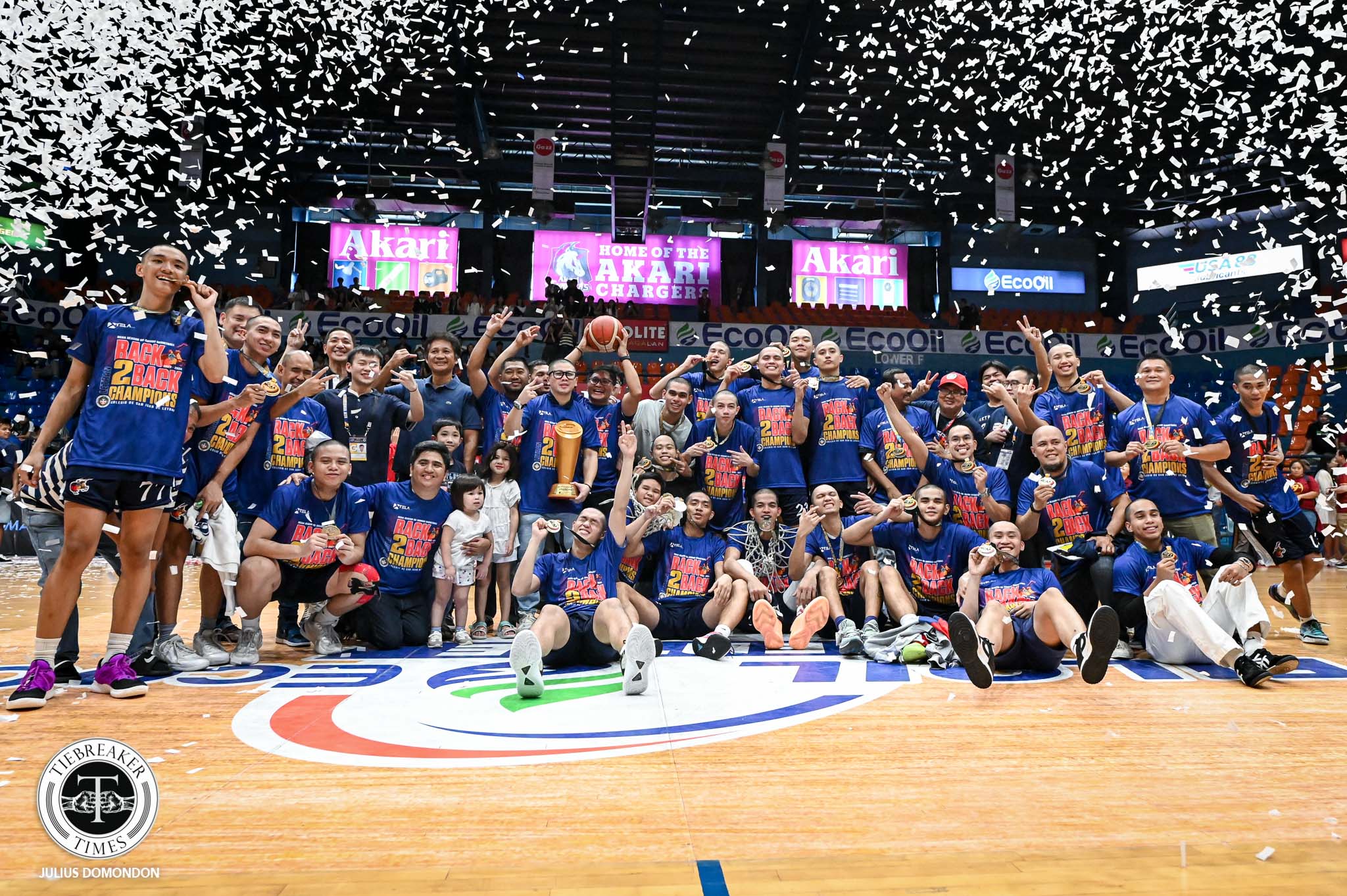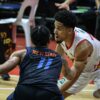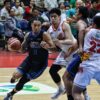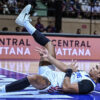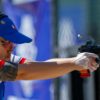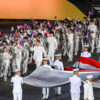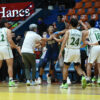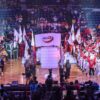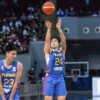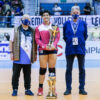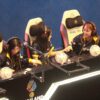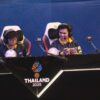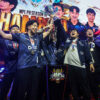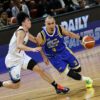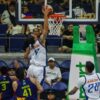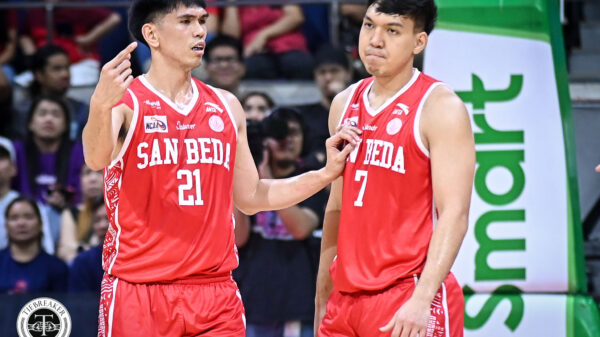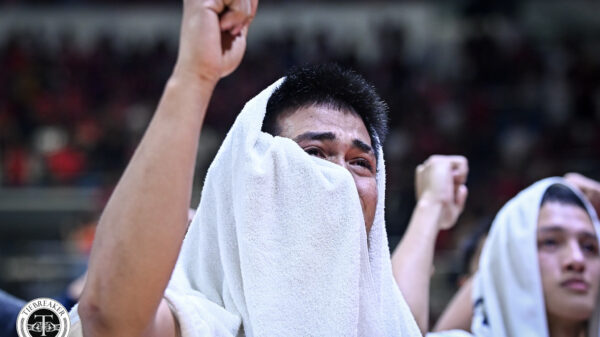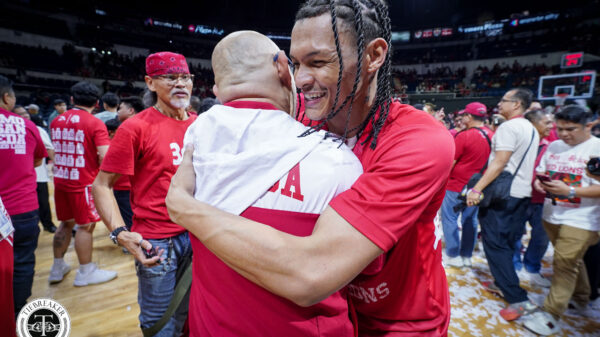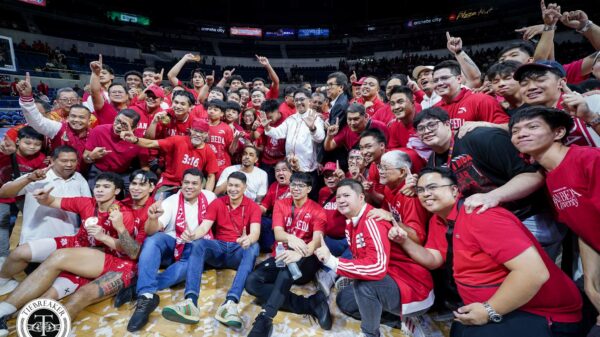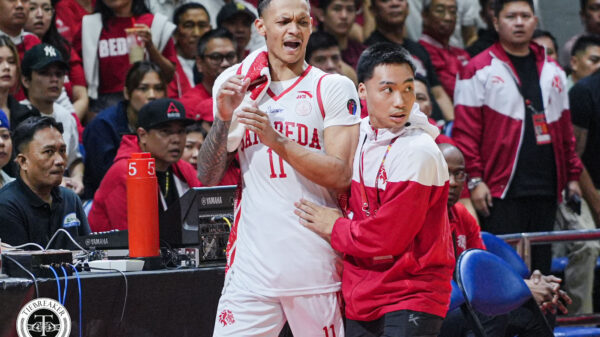Gone are the days when NCAA teams confidently competed on the same footing as UAAP squads during tournaments such as the Filoil EcoOil ECJ Preseason Cup.
Before the current landscape of collegiate basketball shifted the way both leagues operated, the finals of offseason tournaments were a must-see, featuring the best both leagues had to offer.
However, recent post-pandemic results show that the gap between the two leagues has started to widen.
The 2022 edition of the Preseason Cup showed the first signs of this widening gap.
During the group stage, composed of teams from both leagues, UAAP squads went 31-8 against NCAA teams throughout the tournament.
Starting in 2023, the preseason contest shifted to dividing the leagues in the group stages, with the only crossover happening in the playoffs.
Following this change, the UAAP went 5-1, with University of Perpetual Help System DALTA being the only school to win.
The team secured a 74-73 quarterfinal victory over Far Eastern University.
This year, the gap remains the same, with Colegio de San Juan de Letran being the only squad from the oldest collegiate association to secure a victory in the crossover playoffs.
They defeated University of the East, 70-66.
By the end of the semifinal round, the count stands at 40 wins for the UAAP and 10 for the NCAA.
With these results, top coaches in the NCAA have shared their thoughts on what needs to be done for teams in their league to return as competitive threats to their UAAP counterparts.
FSA IMPACT
San Beda head coach Yuri Escueta shared his insights after their preseason encounter with the defending UAAP champion De La Salle University last Saturday.
Escueta had studied at and played for Ateneo de Manila University in his collegiate years. He won a title with the Blue Eagles in 2008.
And he understands the lingering differences between the two leagues compared to the days when San Beda managed to pull off victories over their UAAP counterparts.
The Red Lions were crowned as Filoil champions in 2015, 2017, and 2019, all against La Salle.
“I think it helps in practices, you get used to that kind of competition, pero siyempre ‘di natin call ‘yun,” he noted, referring to the benefits of competing with and against foreign student-athletes, whether schools have them or not.
De La Salle-College of Saint Benilde head coach Charles Tiu shared similar sentiments after his squad nearly pulled off a stunner against Far Eastern University, missing out due to Jorick Bautista’s game-winning triple to secure a 74-73 win.
“One of the advantages of the UAAP teams is their foreign student-athletes. Their size is a bit of a game-changer,” Tiu added.
The newest coach in the collegiate ranks, Allen Ricardo of Letran – whose Knights were the lone NCAA squad to prevail in the crossover quarterfinals – went in-depth on how the lack of foreign student-athletes makes a significant difference in how the two leagues operate.
“If you’re going to look at NU, DLSU, UP, pagdating sa 3-4-5 position mediyo mabigat na. Sa 1-2 position, pwede pa magsabay ‘yung NCAA. Pero sa 3-4-5 position, malayo na ang gap,” the back-to-back NCAA juniors champion coach said.
Ricardo hopes the league revisits the issue of banning FSAs in the NCAA since 2020 to bridge the gap between the two leagues.
“Sort of concerning, kasi pagdating ng preseason, expect nila automatic UAAP na. Maybe in time, pwede ibalik ng NCAA ‘yung FSA. Mahirap to bridge that gap,” admitted Ricardo.
“Para sa akin, nasa materyales pa rin at babagsak ka pa rin sa FSA, kahit anong gawin mong pagpapahinog sa locals sa NCAA, malaking bagay pa rin na may FSA.”
RECRUITMENT DYNAMICS
Proving that they have what it takes to compete, Tiu states that it’s simply a case of marketability as to why top high school recruits tend to choose the UAAP over the NCAA.
Marketability in collegiate sports is not just how television partners present the product, but also the academic rankings of the colleges and universities. The higher you are in rankings, the more prestigious the university becomes.
“They also get most of the blue-chip recruits as it’s the more ‘marketable’ league, but I do believe individually that there are a lot of good NCAA players. And you see it also in the pro ranks as there are probably close to the same number of PBA players coming from both leagues,” said Tiu.
Here’s where the fun part starts. 185 players saw minutes in the PBA, here’s the breakdown:
UAAP – 86
NCAA – 58
Abroad – 31
Other PH – 10The UAAP consistently produces the most pro hoopers in the country. That’s sort of not debatable.
— Ryan Alba (@_alba__) July 29, 2022
Though that is the case in the PBA, UAAP student-athletes also get a chunk of the offers from overseas leagues. National team coaches also tend to tap talents from the UAAP.
Tiu also adds that it’s not a big concern, stating that players simply want to do what’s best for them and their families when deciding where to play for college.
Tiu appreciated the time when the NCAA allowed players to play under a special guest license (SGL), which was one of the advantages that the league had in recruiting players who wanted to earn since it allowed them to play for different MPBL teams while doing their residency.
It was the great equalizer.
However, the NCAA has since chosen to cease handing out SGLs.
Additionally, Escueta acknowledges the advantage their counterparts have in terms of financial backing over other NCAA schools.
Still, he remains thankful that the Red Lions have the support of the same patron who backed his Blue Eagle squad back in 2008.
“I’m thankful for San Beda, with what we have. I really don’t want to compare ourselves with other UAAP teams, but ‘yun ang malaking advantages nila,” the reigning NCAA Coach of the Year concluded.
Tiu echoed the same sentiments, arguing that NCAA schools have “really good budgets that can get good players” and that some notable stars have shifted between the two leagues over the past two years.
GRASSROOTS DEVELOPMENT
Although budget and FSA involvement serve as the primary factors affecting competitiveness between both associations, there are still aspects that the NCAA can improve on in sustaining their talent development.
And it boils down to its grassroots tournaments.
The NCAA only holds a single round-robin tournament for its juniors’ competition, while the UAAP conducts a double round-robin for its under-19 competition.
Meanwhile, the “kiddies” division of the NCAA remains a demonstration event even though it has been played since 2014.
The UAAP, on the other hand, is starting the process of regularizing its under-16 tournament, which only began in Season 86.
Ricardo, the newly-minted coach of the Knights, hopes to foster a nurturing culture for homegrown talent to stay within their campuses.
It will all start with longer tournaments.
“Sa grassroots pa lang makita natin na eto na yung upcoming sa juniors level. It’s a big help, as early as now, ma-develop natin yung homegrown talent natin para maiwasan natin yung getting players from other schools,” said Ricardo.
Comparisons aside, the NCAA has seen a resurgence in parity since the pandemic, with no two squads repeating in the Finals – unlike the days of FSA dominance, owing to a competitive atmosphere within the Grand Old League.
“We have a good competitive league in the NCAA, and I can say I am happy with it,” Tiu concluded.

